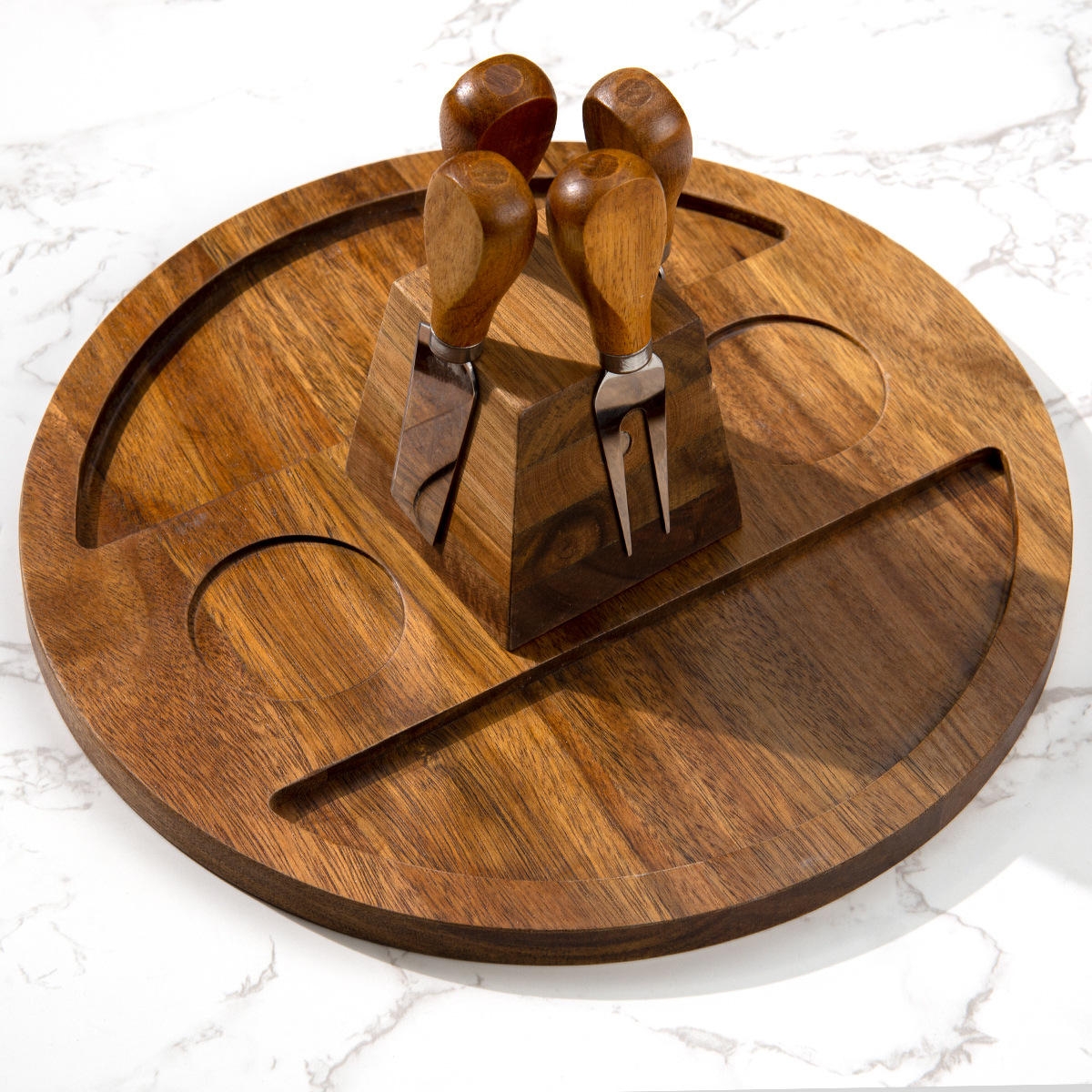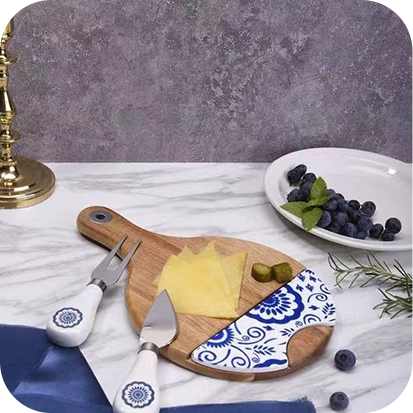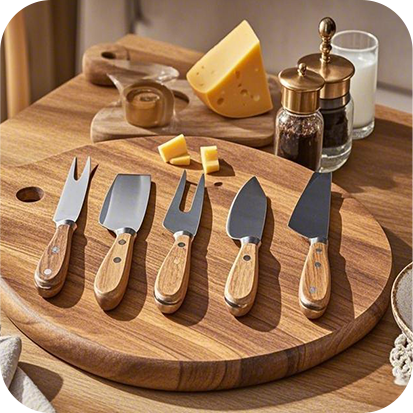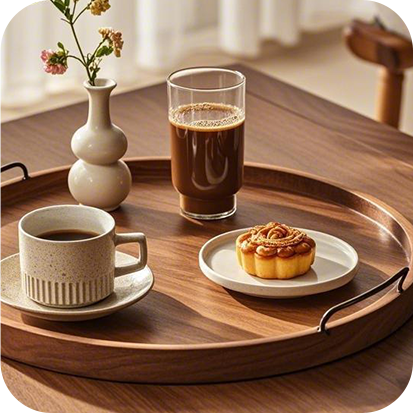Why Moisture Content in Wood Cutting Boards Must Be Controlled Between 8%-12%
Why Moisture Content in Wood Cutting Boards Must Be Controlled Between 8%-12%
When it comes to premium kitchenware, wooden cutting boards stand out for their durability, aesthetic appeal, and functionality. However, few users—and even some new manufacturers—realize that one of the most critical elements in the quality and longevity of a wooden cutting board is its moisture content. Controlling the moisture content of wood within the 8%-12% range is essential to maintaining product performance, minimizing defects, and ensuring safety in food-contact applications.
This article explains why maintaining this specific moisture range is crucial, how it affects production and end-use, and what benefits it brings to your brand and customers.
1. The Science Behind Wood and Moisture
Wood is hygroscopic, meaning it naturally absorbs and releases moisture depending on the surrounding environment. If not properly dried before being manufactured into cutting boards, wood can warp, crack, or grow mold. The ideal range—between 8% and 12%—is considered the equilibrium moisture content (EMC) for most indoor conditions.
Controlling this ensures that a Fridge safe configurable Acacia wood Cheese platter board will not distort in cold storage or regular kitchen humidity.
2. Dimensional Stability and Product Life
Wood with too much moisture will shrink as it dries, leading to warping, splitting, and joint failure. Conversely, wood that is too dry can become brittle and prone to cracking, especially when exposed to water during cleaning or use.
For manufacturers producing a Food approved flexible design Acacia wood Prep board, staying within the 8%-12% range means better dimensional stability—ensuring the board remains flat, usable, and attractive over time.
3. Prevention of Microbial Growth
A cutting board is in direct contact with food, making hygiene non-negotiable. Higher moisture content increases the risk of bacterial and mold growth, particularly if the board is stored in a damp environment or used frequently without proper drying.
Maintaining a controlled moisture level ensures that products like a Food contact safe Engraved Acacia wood Prep board meet food safety standards and resist microbial development, enhancing consumer trust.
4. Compatibility with Manufacturing Processes
Wood that is not properly dried is more difficult to machine, engrave, or finish. Moisture can interfere with adhesives, prevent proper sealing, and even dull cutting tools faster. Additionally, uneven drying can create internal stress, leading to product failure during or after production.
For example, creating a Recyclable material Engraved Acacia wood Serving board requires precise cuts and finishes that only dimensionally stable, properly dried wood can support.
5. Enhancing Coating and Finishing Efficiency
Protective coatings like food-grade oils, lacquers, or waxes adhere better to wood within the correct moisture range. High moisture content can cause bubbling, streaking, or poor absorption of finishes, reducing the protective effectiveness and aesthetic appeal.
This is critical for products such as EU food safe configurable Acacia wood Vegetable cutting board, where both safety certifications and visual appeal are key selling points.
6. Shipping and Storage Performance
Boards with excessive moisture can continue to lose water during transit, leading to warping or mold within packaging. Boards that are too dry may become brittle and damaged with minor impacts. Keeping moisture levels consistent ensures that a Recyclable material adjustable Acacia wood Cheese board remains intact from factory to retail shelf.
7. Certification and Regulatory Compliance
Regions like the EU and the US require strict adherence to food contact material safety, including moisture content as part of product testing. Moisture imbalance can lead to failed certifications, product recalls, or brand damage.
By targeting the 8%-12% window, brands can ensure reliable compliance with EU and FDA food safety regulations—an essential step when entering global markets.
8. Environmental Sustainability and Material Efficiency
Maintaining appropriate moisture levels during drying also reduces energy consumption in kilns and minimizes waste due to product defects. Using just enough energy to reach the EMC rather than over-drying supports eco-efficiency—essential for brands that promote recyclable, sustainable, or bio-based credentials.
Maintaining wood moisture content within the 8%-12% range is more than a technical necessity—it's a quality promise, a compliance requirement, and a reflection of craftsmanship. For brands that value durability, hygiene, and trust, this seemingly small detail becomes a big deal.
Ready to deliver cutting boards that stay strong, safe, and stable?
Partner with YangJiang Stellar Kitchenware—your expert in precision-crafted, moisture-balanced Acacia wood boards.
📩 Email: info@justwoodencuttingboard.com
📱 WhatsApp: +86 183 1248 3616
READ MORE:
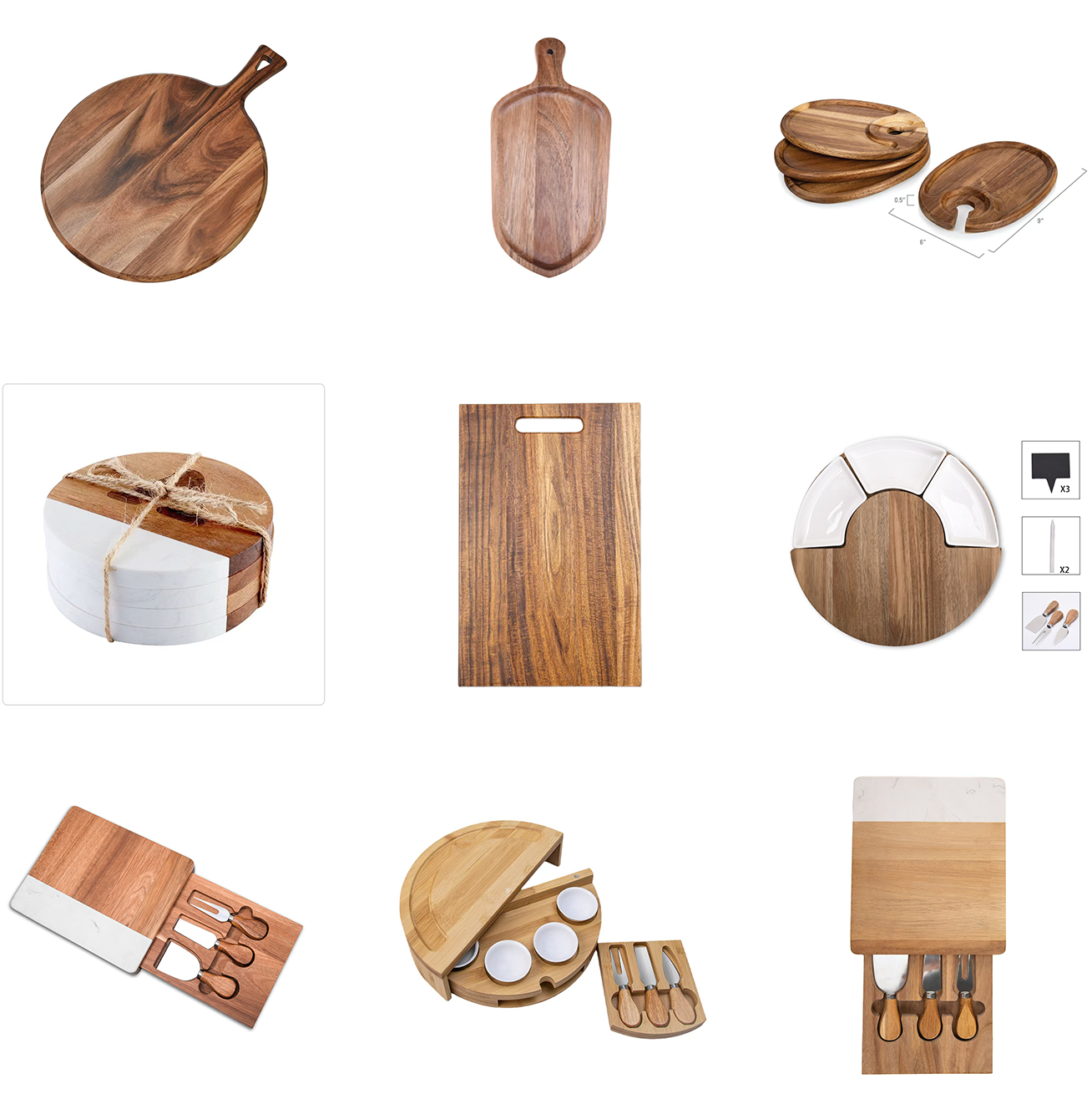

Yangjiang Cuthaven Kitchenware Co.,Ltd
Yangjiang Cuthaven Kitchenware Co.,Ltd.
specializes in the production and export of high-quality metal and wooden kitchenware. With over 16 years of experience in the industry, we have established ourselves as a trusted partner for businesses worldwide.








